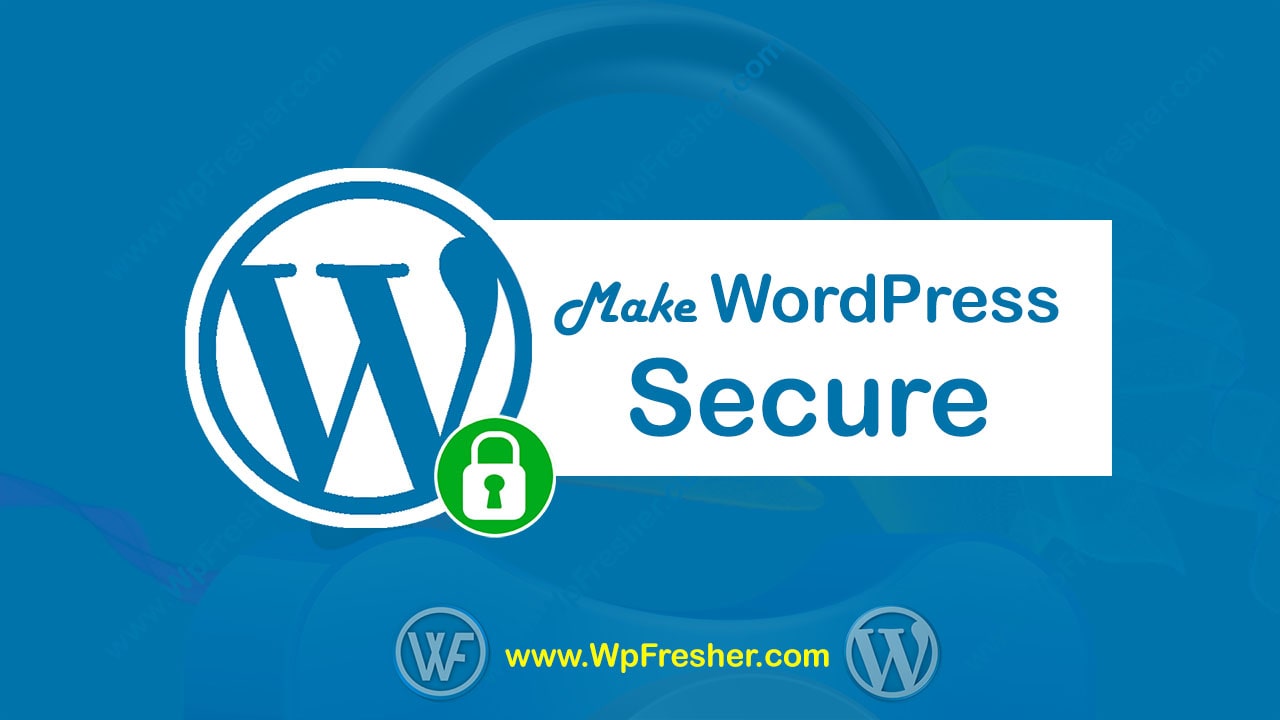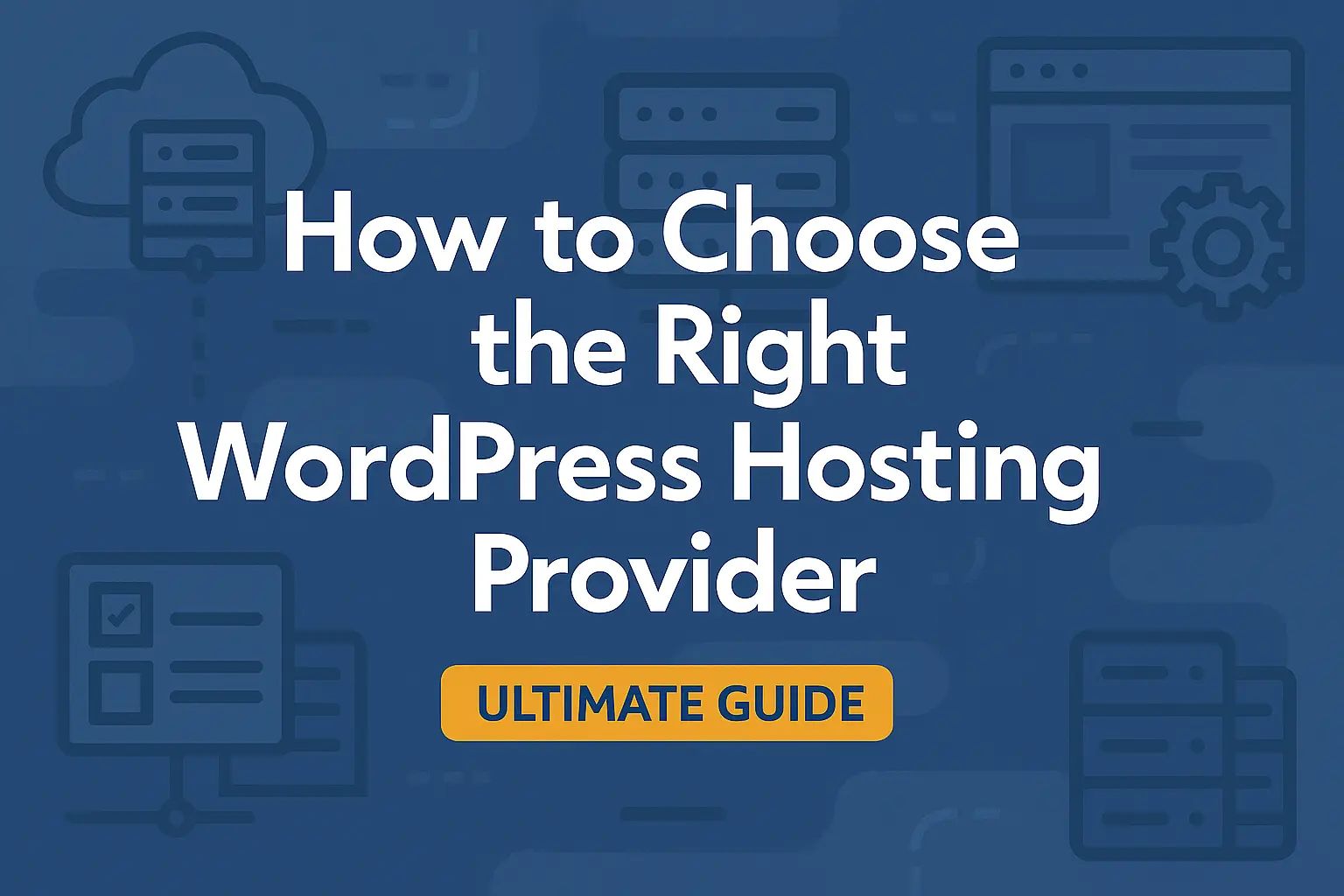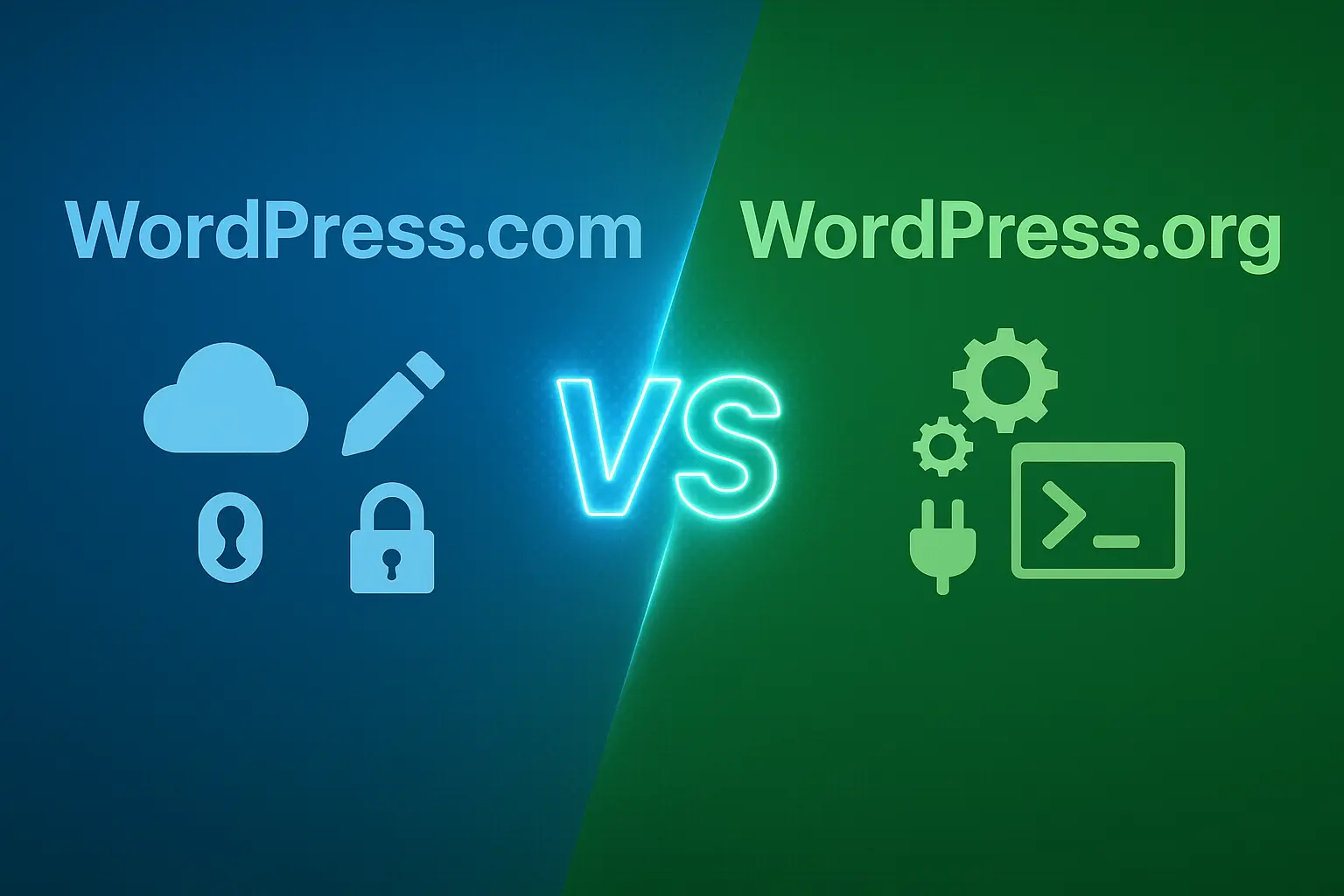Are you looking for How to Protect a WordPress website from hackers? Have trouble making WordPress Secure? There are several solutions for protecting your WordPress website and avoiding hackers and vulnerabilities from compromising your e-commerce website or blog when it comes to WordPress website security. The last thing you want to find out when you get up one morning is that your website is in shambles.
So, today, we’ll go over a few tips, strategies, and tactics you can use to increase your WordPress security and keep yourself secure.
This article contains updates, backups, database protection, and security plugins, in addition to fundamental advice for protecting your WordPress website from hackers and viruses.
Table of Contents:
- Is WordPress Secure?
- Why Website Security is Important?
- WordPress Vulnerabilities
- some examples of different types of WordPress security flaws
- How to Secure a WordPress Website?
- Install WordPress Backup Plugins
- Best WordPress Security Plugin
- Enable Web Application Firewall (WAF)
- Move Your WordPress Site to SSL/HTTPS
- Limit Login Attempts
- Change WordPress Database Prefix
- Password Protect WordPress Admin and Login Page
- WordPress Backups
- Conclusion
Is WordPress Secure?
Is WordPress a secure platform? That’s usually the first thing that comes to mind. For the most part, yes. In contrast, WordPress has a history of being aware of security problems and hence is not a secure platform to use for a company. The majority of the time, this is because users continue to follow industry-proven security best practices.
Old WordPress CMS(Content Management System), nulled plugins, poor system administration, credential management, and a lack of needed Web and security experience among non-techie WordPress users help hackers stay on top of their cybercrime game. Industry leaders don’t always adhere to the best practices. Reuters was hacked because they were using an outdated version of WordPress.
Why Website Security is Important?
A hacked WordPress site may have a substantial negative impact on your company’s revenue and reputation. Hackers can steal user information, passwords, and install malicious software on your users’ computers, as well as infect them with malware.
In the worst-case situation, you may be compelled to pay hackers ransom to regain access to your website.
According to Google, more than 50 million internet users have been warned that a website they’re visiting may contain malware or leak personal information.
Additionally, Google blacklists around 20,000 websites for malware and nearly 50,000 websites for phishing every week.
If you’re running a business website, you’ll want to be extra cautious about WordPress security.
WordPress Vulnerabilities

A website that is completely safe is a piece of fantasy; all WordPress site owners should take precautions to maintain their site as secure as feasible. Implementing security strategies against the greatest and most prevalent threats is the best way. To do so, you’ll need to know how to analyze the hazards you’re up against.
Hackers that take advantage of software flaws are the most serious threat to WordPress users. The WordPress platform isn’t totally to fault; the most serious flaws are due to its extensibility and update frequency.
Below are some examples of different types of WordPress security flaws:
- Backdoors
- Pharma Hacks
- Brute-force Login Attempts
- Malicious Redirects
- Cross-site Scripting (XSS)
- Denial of Service
How to Secure a WordPress Website?
We understand that enhancing WordPress security might be a frightening prospect for newcomers. Especially if you’re not technically inclined. You’re not alone, believe it or not.
Thousands of WordPress users have benefited from our assistance in tightening their security.
We’ll teach you how to boost the security of your WordPress site with only a few taps (no coding required).
Install WordPress Backup Plugins

The first line of security against a WordPress assault is backups. Always keep in mind that nothing is really safe. If government sites can be hacked, you can be sure that yours can as well.
Backing up your WordPress site allows you to swiftly restore it if something goes wrong.
You may choose from a variety of free and premium backup plugins for WordPress. When it comes to backups, the most important thing to remember is that full-site backups must be saved to a remote place on a regular basis (not your hosting account).
We recommend using a cloud provider like Amazon, Dropbox, or private clouds like Stash to store it.
The best configuration can be once a day or genuine backups, depending on how long you change your website.
Fortunately, with plugins like UpdraftPlus or BlogVault, this is simple to accomplish. They’re dependable and, most all, simple to implement (no coding needed).
Best WordPress Security Plugin

Following backups, the next step is to build up an auditing and controlling system that records everything that occurs on your website.
This can include file integrity monitoring, failed login attempts, malware detection, and so forth.
Fortunately, Sucuri Scanner, the best free WordPress security plugin, is up to the task.
The Sucuri Protection plugin, which is available for free, must be installed and enabled. After activation, you must go to the Sucuri tab in your WordPress dashboard. The first activity you’ll be asked to perform is to create a free API key. As a result, audit logging, integrity checks, email alerts, and other critical features are all enabled.
The following step is to go to the settings menu and select the ‘Hardening’ option. Click the “Apply Hardening” button after going over each choice.
These solutions assist you in securing critical locations targeted by hackers. The Web Application Firewall, which we’ll describe in the following step, is the sole paid hardening option, so we’ll bypass it for now.
The standard plugin settings are adequate enough for most websites after the hardening section, and no adjustments are required. ‘Email Alerts’ is the only item we recommend modifying.
Your mailbox will be clogged with emails if you use the default alert settings. We recommend setting up notifications for important events like plugin updates, new user registrations, and so forth. Sucuri Settings » Notifications is where you can customize the alerts.
This WordPress security plugin is really strong, so have a look at all of the tabs and options to see what it can do, including malware scanning, audit logs, and the recording of failed login attempts, among other things.
Enable Web Application Firewall (WAF)

Selecting a web application firewall is the simplest approach to safeguard your site and feel secure about your WordPress security (WAF).
Before dangerous traffic enters your website, a website firewall prevents it.
DNS Level Website Firewall: Your website traffic is routed through these firewalls’ cloud proxy servers. As a result, they can only deliver legitimate traffic to your web server.
Application Level Firewall: These firewall plugins check traffic after it arrives on your server, but before most WordPress programs are loaded. In terms of minimizing server load, this solution is not as effective as the DNS level firewall.
Move Your WordPress Site to SSL/HTTPS

SSL (Secure Sockets Layer) data encryption encrypts data transmission between your website and the user’s browser. This encryption makes it more difficult for malware to be sniffed out.
When you enable SSL, your website will utilize HTTPS rather than HTTP, and a padlock icon will appear next to your website URL in the browser.
Certificate authorities usually issued SSL certificates, which cost anywhere from $80 to hundreds of dollars each year. The majority of website proprietors continue to utilize the insecure protocol due to the increased expense.
Let’s Encrypt, a non-profit initiative tried to address the problem by offering free SSL certificates to webmasters. Google Chrome, Facebook, Mozilla, and a number of other companies have backed their campaign.
Limit Login Attempts

WordPress permits customers to enjoy logging in as many times as they like by default. Your WordPress site is now exposed to brute-force assaults. Hackers attempt to break passwords by logging in with various combinations.
This may be readily remedied by restricting a user’s number of failed login attempts. If you’re utilizing the previously stated web application firewall, this is taken care of automatically.
If you don’t already have a firewall configured, follow the procedures below.
The Login LockDown plugin must first be installed and activated.
To configure the plugin, go to Settings » Login LockDown after it’s been activated.
Change WordPress Database Prefix
WordPress prefixes all records in your WordPress website with wp_ by design. If your WordPress uses the standard database prefix, hackers will have an easier time determining the name of your table. And that’s why we advise you to change it.
Note: If done incorrectly, this might cause your site to crash. Attempt only if you are confident in your coding abilities.
Password Protect WordPress Admin and Login Page

Normally, hackers have unrestricted access to your wp-admin directory and signup. This gives them the opportunity to test their hacking skills or launch DDoS assaults.
On the server side, you may implement further password protection, which will essentially stop certain requests.
WordPress Backups
Backups and website security are often overlooked by WordPress users until it’s too late and their site has been hacked. If you frequently back up your WordPress site, you’ll be able to rapidly restore it if something goes wrong. As a result, they serve as a crucial line of protection against cyber-attacks. Make regular backups to a distant place (not your hosting account) like a cloud service to be on the safe side.
You may backup your site with a variety of methods. Backups are performed automatically by the majority of competent hosting companies. Check when you join up just to be on the safe side. Backup plugins like VaultPress and BackupBuddy are also available to help you get the job done. These plugins are trustworthy and, above all, simple to use.
Conclusion
WordPress’s popularity makes it a focus for many hackers, but fortunately, there are several things users can take to secure their WordPress blogs.
Keeping the site maintained and backed up on a regular basis, as well as installing trustworthy security plugins, can considerably reduce the danger of it being hacked.
If you’d want further information on how to keep your WordPress site safe, we have a few sites that might assist. Check out our latest blog post on decreasing plugins to keep your site safe, as well as our Knowledgebase article on how to protect your WordPress database and other helpful hints.
If you like this article and want to support us, then please subscribe to our YouTube Channel (WpFresher – WordPress Tutorials) for many more WordPress video tutorials. You may also find us on Facebook & Twitter.
You May Also Read Our Recently Published Articles:
- The Best WordPress CDN Services in 2022
- How to Password Protect a WordPress Page or Post
- Make Money From NameCheap Affiliate Marketing Through Social Media Networks
- How to Add Breadcrumbs in GeneratePress Theme
- What are DA and PA? How to increase the DA and PA of a Website?
- Top 15 WordPress Cache Plugins for Speed Up Any Website
- 7 Sites To Create Slides You Need To Know
- Why Do You Need a CDN for Your WordPress Website?
- How to Increase Google AdSense Earnings | 5 Easy Ways
- Google AdSense Eligibility Checker Tool – Check Your AdSense Status
- 7 Essential Elements For A Successful eCommerce Website
- How to Add Breadcrumbs in GeneratePress Theme
- How To Add Breadcrumbs To The League WordPress Theme
Our Small Request, Please, Subscribe to Us!
We will send you notifications for every new blog post. You can unsubscribe at any time.



